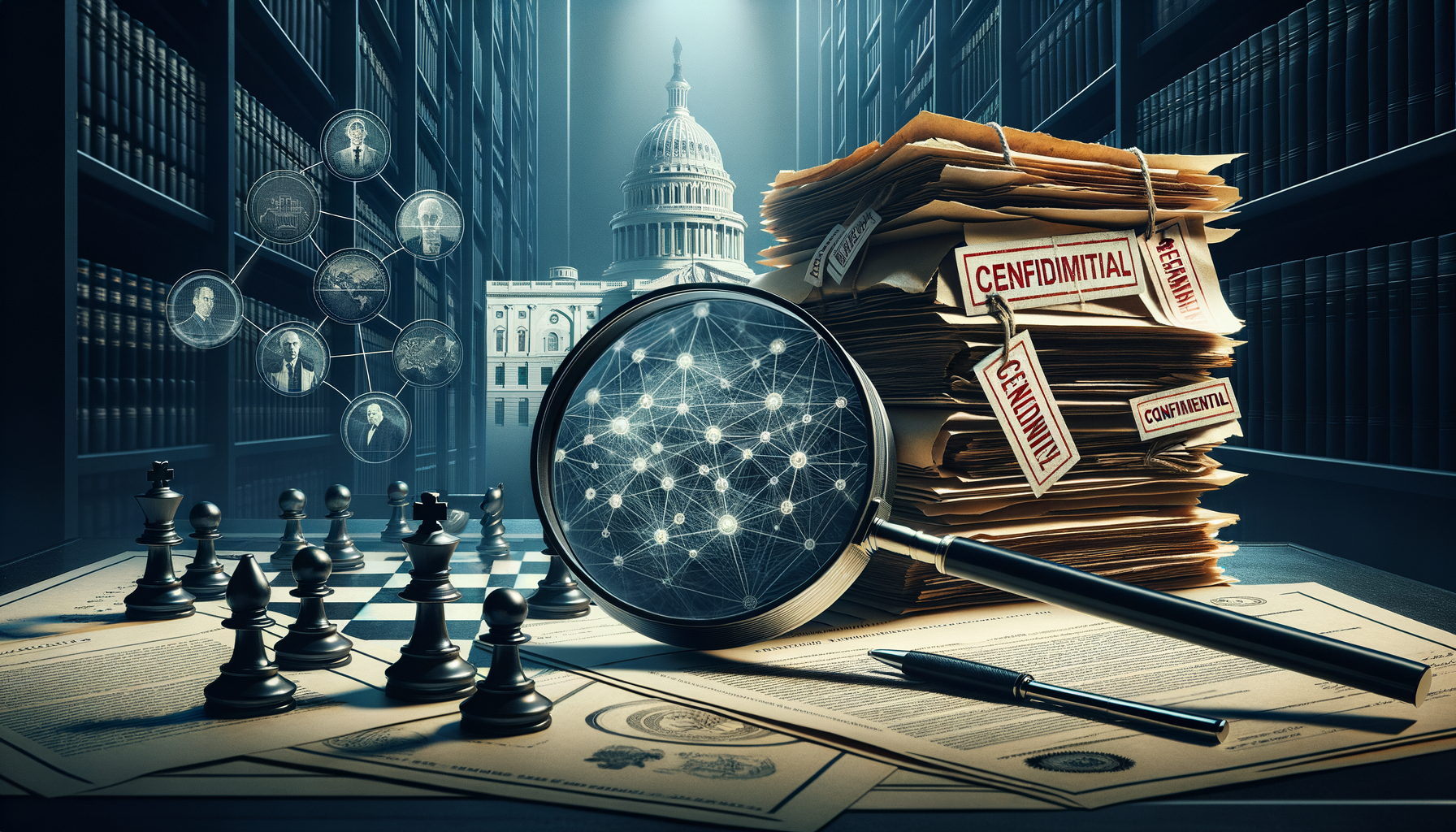Did Tulsi Gabbard Just Prove a “Treasonous” Obama Plot?
Short answer: No hard proof has surfaced, and the Justice Department hasn’t even confirmed it’s opened the envelope.
But the new Director of National Intelligence has released a thick stack of documents that raise fresh questions—and reignite a political firestorm—about the 2016 Trump-Russia saga. Buckle up; the story is messier (and far more interesting) than the slogans suggest.
1. The Flash-Bang Announcement
On Friday, DNI Tulsi Gabbard waved 100-plus pages of freshly declassified records and accused senior Obama officials of a “treasonous conspiracy to subvert President Trump’s 2016 victory.” She says she shipped everything to the Department of Justice for criminal prosecution.
What most headlines skipped:
• DOJ has not confirmed receipt, let alone an investigation.
• Gabbard’s central charge—a years-long coup—remains an allegation, not an established fact.
2. What the Papers Actually Say
Gabbard’s packet does contain intriguing material, including draft intelligence language from December 2016:
“Foreign adversaries did not use cyber-attacks on election infrastructure to alter the U.S. Presidential election outcome.”
That line tracks with what the public already knew: multiple investigations found no evidence Russia tampered with vote tallies. What’s new is the allegation that the line was scrubbed from the President’s Daily Brief after the FBI objected.
Evidence check:
- No public document corroborates FBI pressure to delete that sentence.
- Earlier bipartisan Senate reports say analysts faced “no political interference.”
3. Three Claims That Wilt Under Scrutiny
| Gabbard/Article Claim | What the Record Shows | Reality Check |
|---|---|---|
| DOJ “has taken possession” of her criminal referral. | DOJ declined comment; ODNI statement only says Gabbard sent it. | Unconfirmed. |
| The 2017 Intelligence Community Assessment leaned on the Steele dossier. | Senate Intel Rpt: Steele material was not used in analytic judgments—only in a separate annex. | Mostly false. |
| Conspiracy could be charged under 18 U.S.C. § 241, which “has no statute of limitations.” | DOJ manual: § 241 becomes timeless only if a death results; otherwise the limit is seven years. | Incorrect. |
Sources: Senate Intelligence Committee 2020 report, Cornell Law § 241
4. Remind Me—What Did Prior Investigations Conclude?
- 2017 Intelligence Community Assessment (ICA)
• Putin ordered an influence campaign to hurt Clinton and help Trump.
• No evidence vote tallies were changed. - 2018-2020 Bipartisan Senate Intel Volumes (Republican-led committee)
• Reaffirmed the ICA’s main judgments.
• Found no proof analysts were politically pressured.
So Gabbard’s new dump repeats the no-vote-tampering point but collides head-on with the established, bipartisan view that Russia did run a broad disinformation and hacking effort.
5. So Is There Anything New Here?
New visibility, not necessarily new facts.
• Some draft language and internal emails are now public for the first time.
• They may shed light on how agencies debated wording—but nothing disclosed so far overturns the core 2017 findings about Russia’s influence campaign.
Still, transparency advocates say opening the raw files lets outsiders judge for themselves, and that alone is valuable.
6. What Happens Next?
• DOJ Silence: Until the Justice Department confirms it has the material—and says what it intends to do—the referral lives in legal limbo.
• Hill Hearings Likely: Expect dueling subpoenas as House and Senate committees seize the moment for partisan showdowns.
• More Documents? Gabbard hinted at “additional tranches.” If she produces smoking-gun emails or testimony, the story could shift.
7. Unanswered Questions
- Did the FBI or any agency actually veto language for the President’s Daily Brief?
- Why did some analysts downgrade the threat to vote infrastructure while still warning about Russian influence?
- Will the new material prompt re-examination of the 2017 ICA or simply replay old arguments?
8. The Bottom Line
No one has supplied public proof of a treasonous Obama-era coup.
No one has proven Gabbard wrong, either—because the key allegation remains unverified.
For now, we have:
• Verified: Gabbard is DNI; she released 100+ pages; the documents echo earlier findings that votes weren’t changed.
• Debatable: Whether officials suppressed intel or relied on the Steele dossier.
• False: Claims about a limitless statute of limitations and heavy Steele dossier dependence.
In Washington’s favorite sequel—Russiagate: The Re-Litigation—this is only the opening scene. Stay tuned; the evidence, not the volume of the yelling, will decide whether the next act is criminal charges or just another political cliff-hanger.
